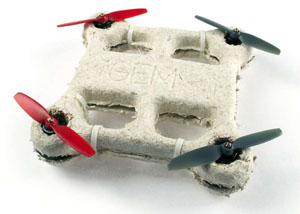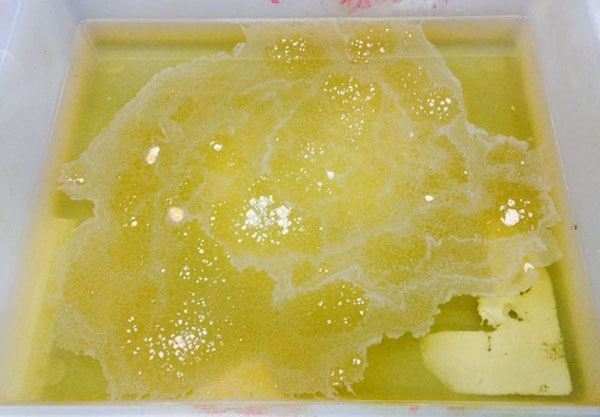Biomass Drones Designed by NASA Could Advance Industry
![]() Print this Article | Send to Colleague
Print this Article | Send to Colleague
 This past week Popular Science Magazine, New York City, N.Y., USA, reported that NASA is interested in building plant-based Mars exploration drones. The key components in construction of these lightweight, durable, flying drones are fungi and biomass from tree leaves and pine straw. It was essential that any type of durable paper device to be used in an atmospheric environment be waterproofed.
This past week Popular Science Magazine, New York City, N.Y., USA, reported that NASA is interested in building plant-based Mars exploration drones. The key components in construction of these lightweight, durable, flying drones are fungi and biomass from tree leaves and pine straw. It was essential that any type of durable paper device to be used in an atmospheric environment be waterproofed. NASA researchers discovered, in their new research, that the paper wasp, which uses cellulose to build its nest, also creates a protein when it chews the fiber for its building, making it permanently and naturally waterproof. The team conducted an RNA extraction from the salivary glands of a paper wasp, a process by which the cellulose reactive protein could be regrown through a specialized bacterial medium.
Developments by NASA scientists for space research also frequently help advance private industry, national defense, and quality of life here at home. If experiments are successful, waterproofing or waterproof enhancements may become a more viable future commercial possibility for many types of paper and biomass products. Possible applications range from simple, naturally waterproof sheets of classic paper grades to biomass/cellulosic base building material reinforced by the sticky, yellow protein recently isolated and regrown in its pure form.
In the photo below, a paper wasp protein super-reacts with cellulose to create nature’s waterproof pulp product.



